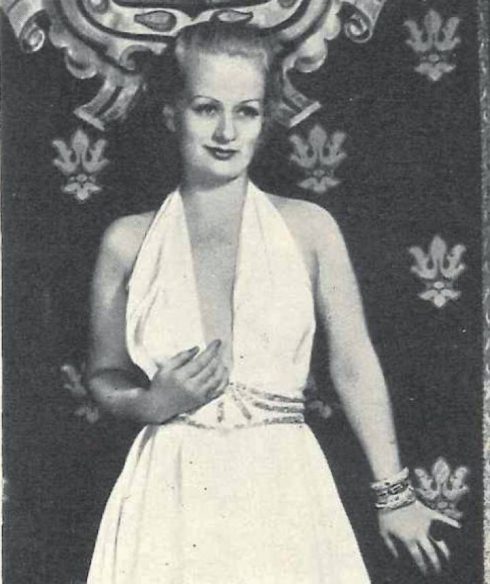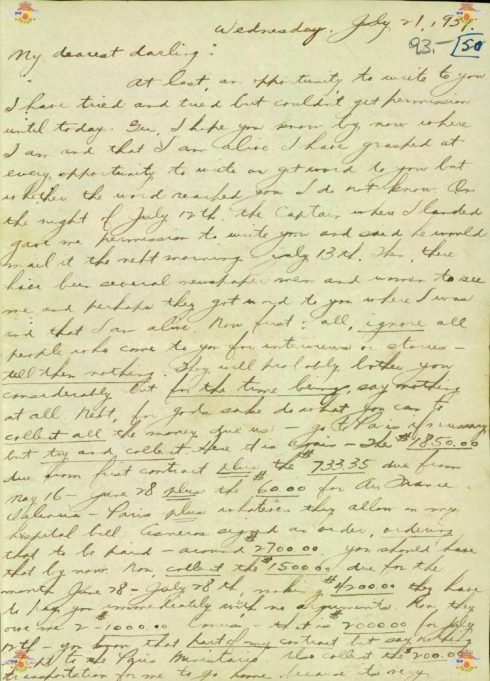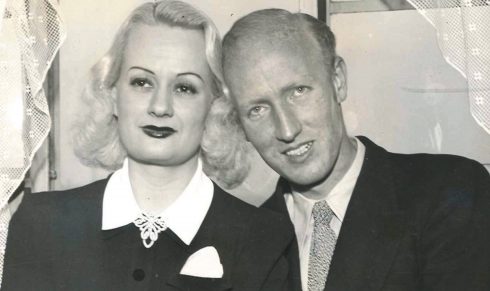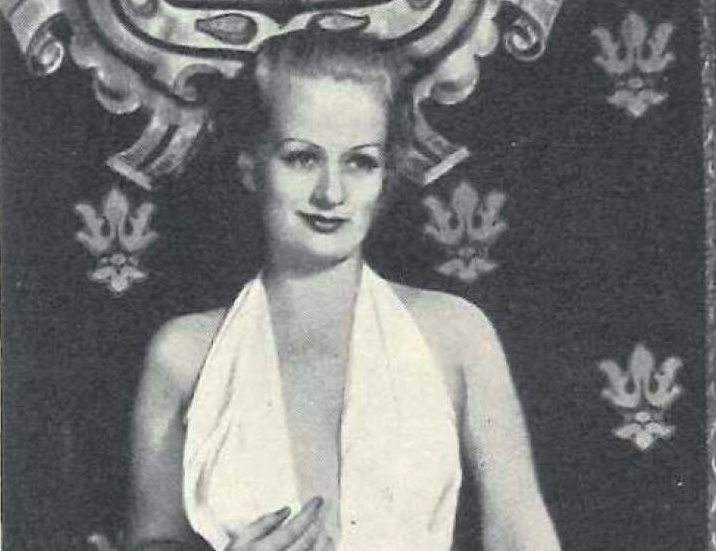WHEN American pilot Harold E. Dahl was captured and sentenced to death by Francoist forces during the Spanish Civil War (1936-1939), his wife made a daring move.
Edith Rogers, then in the United States, sent a personal letter to Franco attaching a seductive photograph of herself in a white dress with a plunging neckline in a last-ditch bid for clemency.
And it worked.

Never-before seen material from the incredible story of Republican-sympathiser Dahl’s later repatriation to the USA novel has now been published in the novel With Lead in the Wings by the journalist Pedro Corral.
The tale – which was turned into a 1940 Hollywood sensation Arise, My Love – is now embellished with two letters Dahl wrote to his wife from a Salamanca prison.
The first of the letters recovered by Corral is dated July 21, 1937, and in it Dahl shows a grave concern that newspapers will grab hold of his story.
“To me this means a disaster, since all of America will know about me,” he wrote, complaining that it would probably take a long time to resolve his situation, and by then ‘I will probably have lost my nationality’.
Instead, Dahl urges his wife to secure the money he was promised by the Spanish Republic for his participation in the war – he wanted $1,000 for every enemy airplane that he shot down.

In the second letter he presses his wife to secure the $6,500 he believes he’s owed, so he can buy ‘fruit and candy’.
“It is so important to collect all the money because it’s all we have in this world,” he wrote.
Author Corral managed to uncover that Dahl was later paid just $2,000, for downing an Italian Fiat CR-32 and a German Heinkel-51, even though he had shot down at least five aircraft. His colleagues considered him an ‘excellent’ combat pilot.
Efforts to secure the documents saw Corral scouring Spanish Air Force historical archives, where the two never-before-seen letters were stored after being confiscated by Francoist forces.

The reuniting of the material with readers enthralled by the story did not mirror Dahl’ return to the USA in 1940, however.
Photographs present to witness the sensational return caught Rogers with a distant expression – in the three-year separation from her husband, she had found another lover.











